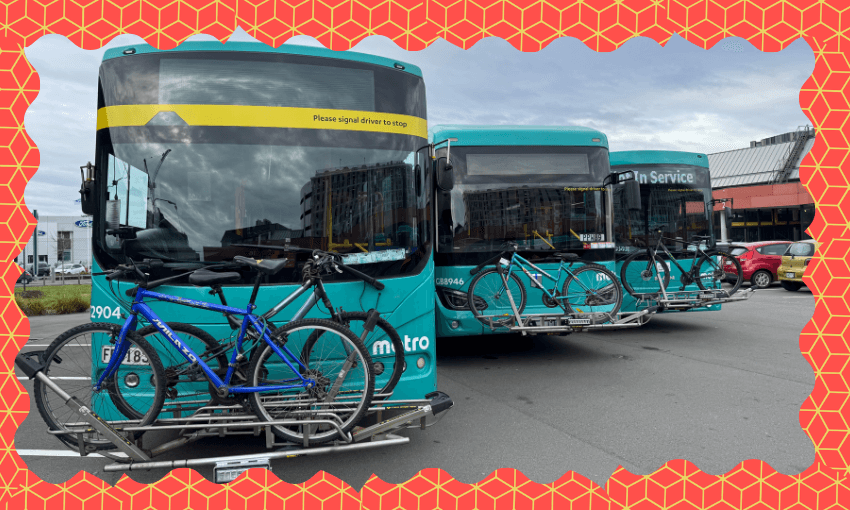All my friends are writing books and leading organisations. Meanwhile I’m just pottering around.
Want Hera’s help? Email your problem to helpme@thespinoff.co.nz
Hi Hera,
I am in the age group where friends are writing books or leading organisations, whereas I have given up on all that. I’ve taken a career sidestep and now have little stress and certainly no profile – the career equivalent of moving to the country. Coming from a family of creatives, I suppose it was always expected that I would do something more remarkable. But the truth is, I can’t be bothered. Good writing is very hard work, and being a boss involves big hours. Not interested.
It’s not that I’ve given up on life. I listen to podcasts, read, cook, walk, swim in the sea, wonder if there was ever life on Venus… you know. I suppose I am just living a small life and I had always thought I’d live a big one. Is it OK to just potter around like this, or am I wasting my life and not living up to my potential?
Best, Curious

Dear Curious,
HELL YES, squander that potential.
This is the kind of letter I aspire to write. If you’re lucky enough to be born without the specific mental disease that gives you a burning desire to write 30 identical crime novels (guilty) or invent radium for fun, then the wisest and most righteous thing to do is enjoy your life to the max, as if it were a rare piece of immersive performance art that lasts exactly as long as a human life.
For what it’s worth, I don’t think there’s anything small about the life you describe. A big life and a public life are two entirely separate things. It doesn’t take a Harvard-trained psychologist to see that there are plenty of vocationally prestigious people who live spiritually narrow and psychologically stunted lives, no matter how impressive their respective LinkedIn pages are.
Besides. When it comes to local prestige, the stakes are hysterically low. As far as I can tell, there’s basically no material difference in the amount of fame and public adulation you can achieve as someone who occasionally appears on NZ television, and a truck driver who makes a habit of honking his horn at passing school children. Emily Dickinson got it right when she wrote “How dreary – to be – Somebody! How public – like a Frog – To tell your name – the livelong June – To an admiring Bog.”
Obviously, comparing your situation to Emily Dickinson, perhaps the most famous and esteemed poet in Western history, is a little cooked. But lucky for Emily, she could afford to languish in obscurity during her own lifetime. If you’re in a financial position to throw your hands up, by all means, throw them up.
Maybe the deeper existential question here is what does it mean to live without feeling as if you have a specific calling or vocation. This is a question that stresses almost everyone out, because there’s a lot of pressure to “follow your dreams” and not a lot of advice on how to know which dream to follow. It’s easy to feel like there’s something wrong with you when you meet someone who has been practising advanced neurosurgery on their teddy since age five. But there’s no moral superiority in being this type of person. Sure, we need the neurotics and the obsessives, to perfect the atomic clock, or write Moby Dick. But there are many notorious disadvantages to having this type of personality, and if you don’t believe me, read literally any biography of a historically notable figure.
Admittedly, I’m always telling young people to follow their dreams, because sometimes people need a little friendly bullying. Your 20s are a great age for forcing yourself out of your comfort zone, and it’s healthy to intentionally cultivate a little naked ambition, if only as an antidote against future regret.
But you’re not a teen with a dream. You’ve already accomplished a lot, and have arrived at a place where you know what’s important to you, and can finally get down to the serious and important business of enjoying your damn life.
That doesn’t mean you have to give up your Hollywood Star just yet. You might get a second wind one day and decide to write that tell-all memoir. But we’re all nobodies from the perspective of eternity. History is stacked to the tits with people who didn’t beget statues, but who enriched the world around them. In the words of George Eliot:
“for the growing good of the world is partly dependent on unhistoric acts; and that things are not so ill with you and me as they might have been, is half owing to the number who lived faithfully a hidden life, and rest in unvisited tombs.”




